The DO Loop
Statistical programming in SAS with an emphasis on SAS/IML programs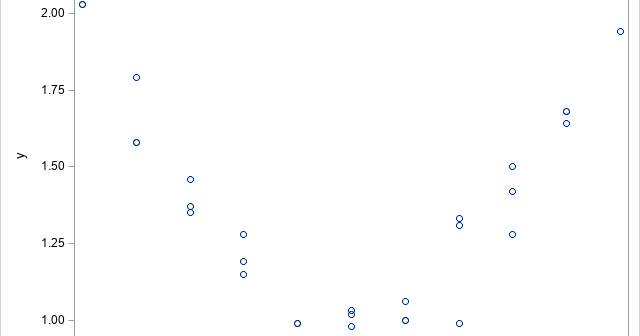
There are many statistics that measure whether two continuous random variables are independent or whether they are related to each other in some way. The most well-known statistic is Pearson's correlation, which is a parametric measure of the linear relationship between two variables. A related measure is Spearman's rank correlation,

SAS/IML programmers often create and call user-defined modules. Recall that a module is a user-defined subroutine or function. A function returns a value; a subroutine can change one or more of its input arguments. I have written a complete guide to understanding SAS/IML modules, which contains many tips for working
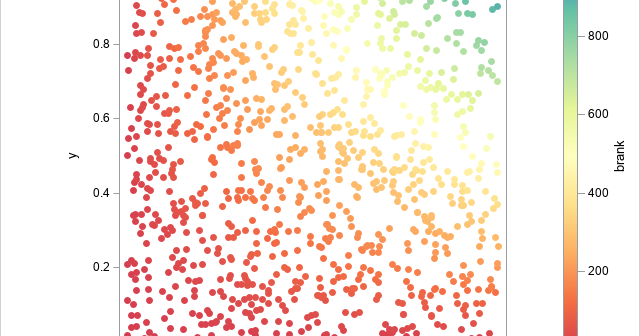
Ranking is a fundamental concept in statistics. Ranks of univariate data are used by statisticians to estimate statistics such as percentiles (quantiles) and empirical distributions. A more advanced use is to compute various rank-based measures of correlation or association between pairs of variables. For example, ranks are used to compute
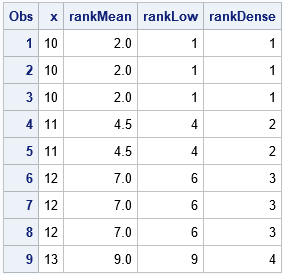
The ranks of a set of data values are used in many nonparametric statistics and statistical tests. When you request a statistic or nonparametric test in SAS, the procedure will automatically compute the ranks that are needed. However, sometimes it is useful to know how to compute the ranks yourself.
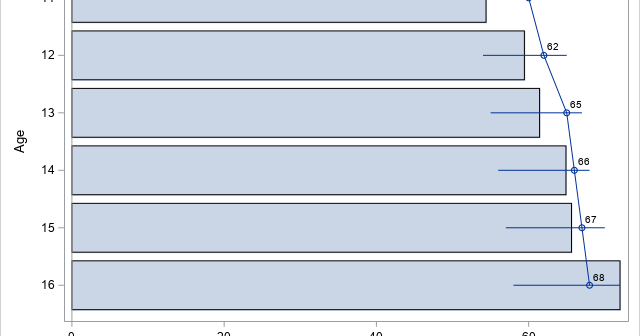
It can be frustrating to receive an error message from statistical software. In the early days of the SAS statistical graphics (SG) procedures, an error message that I dreaded was ERROR: Attempting to overlay incompatible plot or chart types. This error message appears when you attempt to use PROC SGPLOT
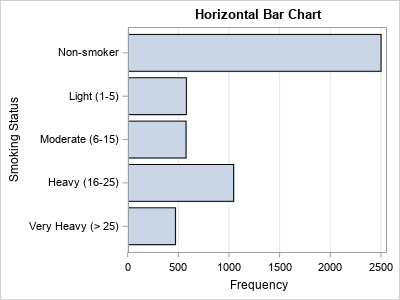
Most introductory statistics courses introduce the bar chart as a way to visualize the frequency (counts) for a categorical variable. A vertical bar chart places the categories along the horizontal (X) axis and shows the counts (or percentages) on the vertical (Y) axis. The vertical bar chart is a precursor
